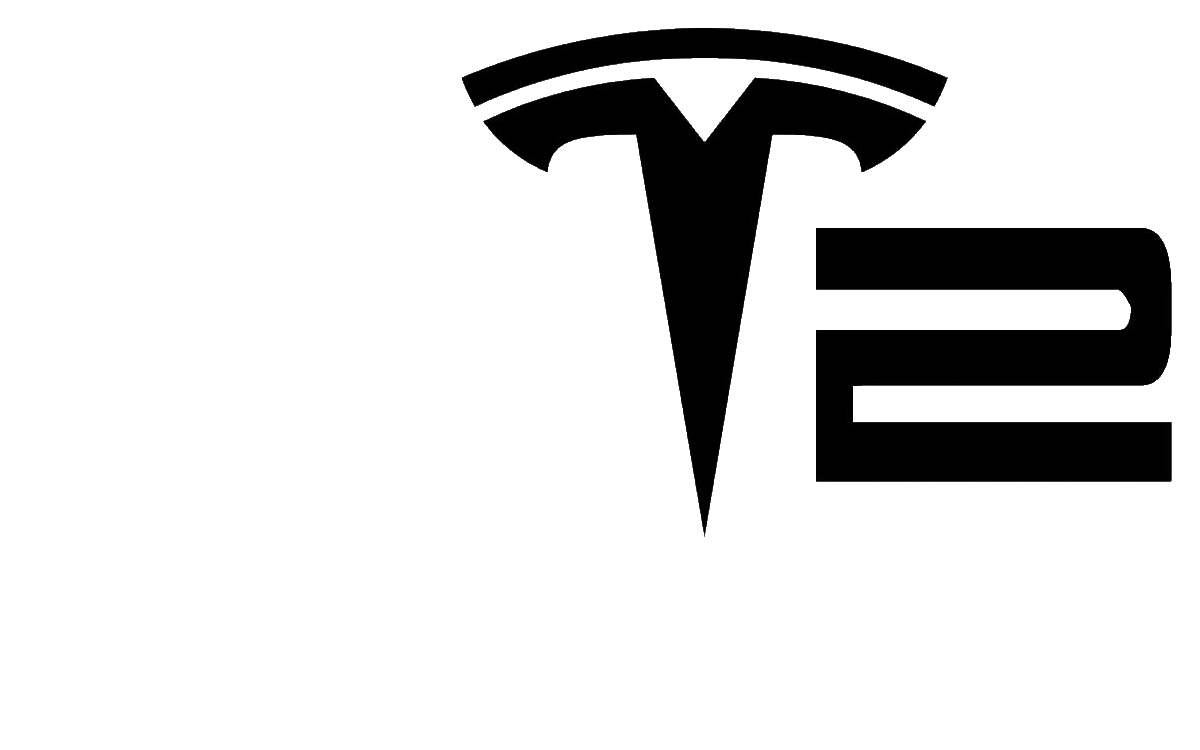-
👋 Welcome! If you were registered on Cybertruckownersclub.com as of October 1, 2024 or earlier, you can simply login here with the same username and password as on Cybertruckownersclub.
If you wish, you can remove your account here.
Why some electric car owners return to gas – the reasons aren’t surprising
- Thread starter MEDICALJMP
- Start date
- Watchers 7
firsttruck
Well-known member
Yes, but the Postal Service owned all the batteries ( old/bad and new/good).I’m willing to swap my Cybertruck battery for a charged up one on the condition that I don’t get a very old battery pack in return that can’t hold its charge. I used to drive a battery forklift at the post office and we would swap battery or just plug it in. Sometimes I would get a very old battery that would not hold its charge.
I would not like to get a old lemon battery even if for temporary rental because the rental could die on me early during the middle of a trip.
Last edited:
firsttruck
Well-known member
To recap, update, summarize for new reader
Here is the article:
Discontinuance Among California’s Electric Vehicle Buyers: Why are Some Consumers Abandoning Electric Vehicles?
2021
Author(s): Scott Hardman, Gil Tal
https://escholarship.org/uc/item/11n6f4hs
** on web page, near report title there is button to download PDF
That report was just published in April 2021 but the data was collected for ownership long ago (before 2017).
Because the changes have been so rapid in the last 4 years the report is almost worthless and is misleading about what current new BEV owners experience or should expect.
Almost everything has significantly improved since 2016. Some things are 2-3 times better ( vehicle base range, faster public chargers) since 2016 and others are 10 times better (more public charging stations) since 2012/2013.
1. Minimum and average driving range.
There were no Tesla Model 3s in the study.
Before 2017 the most common fairly affordable BEVs in California were Mitsubishi iMev (60mi), Fiat 500e (85mi), 2011-2016 24KWH Nissan Leaf (85mi), Chevy Spark (82mi), Ford Fusion (76mi), Smartcar (68mi).
https://en.wikipedia.org/wiki/Batte...:BEV_EPA_range_comparison_2016-2017_MY_US.png
Today just on the low end you have VW eGolf (120mi), Hydundia Inoniq (170 mi), 2018-220 40KWH and 62KWH Nissan Leaf (151mi/225mi), KIA Soul/Niro (243mi), Hyundai Kona (258mi), Chevrolet Bolt (259mi), Tesla Model 3 Standard (240mi).
Today, the most common driving range of an electric car is 175 to 320 miles and can be up to 400 miles as is the case with some Tesla Model S.
Next year ( 2022, one single year) in California there might be more Teslas sold ( 2022, one single year) than the total of all BEVs that existed in California all years 2011-2017.
For 2022, that does not even count the mass production of other models from Hyundai, KIA, Chevy (Bolt), Nissan (Leaf), VW (ID.4).
2. The number of public charging stations has increased by more than a factor of 10 since the year 2011.
EV Charging Stations Statistics 2011-2020
https://evadoption.com/ev-charging-stations-statistics/
Tesla Global Supercharger Count - Change over time ( by year)
https://en.wikipedia.org/wiki/Tesla_Supercharger#Change_over_time
EV Charging Stations Continued Strong Growth in Early 2020, NREL Report Shows
Nov. 10, 2020
https://www.nrel.gov/news/program/2...g-growth-in-early-2020-nrel-report-shows.html
Here is the article:
Discontinuance Among California’s Electric Vehicle Buyers: Why are Some Consumers Abandoning Electric Vehicles?
2021
Author(s): Scott Hardman, Gil Tal
https://escholarship.org/uc/item/11n6f4hs
** on web page, near report title there is button to download PDF
That report was just published in April 2021 but the data was collected for ownership long ago (before 2017).
Because the changes have been so rapid in the last 4 years the report is almost worthless and is misleading about what current new BEV owners experience or should expect.
Almost everything has significantly improved since 2016. Some things are 2-3 times better ( vehicle base range, faster public chargers) since 2016 and others are 10 times better (more public charging stations) since 2012/2013.
1. Minimum and average driving range.
There were no Tesla Model 3s in the study.
Before 2017 the most common fairly affordable BEVs in California were Mitsubishi iMev (60mi), Fiat 500e (85mi), 2011-2016 24KWH Nissan Leaf (85mi), Chevy Spark (82mi), Ford Fusion (76mi), Smartcar (68mi).
https://en.wikipedia.org/wiki/Batte...:BEV_EPA_range_comparison_2016-2017_MY_US.png
Today just on the low end you have VW eGolf (120mi), Hydundia Inoniq (170 mi), 2018-220 40KWH and 62KWH Nissan Leaf (151mi/225mi), KIA Soul/Niro (243mi), Hyundai Kona (258mi), Chevrolet Bolt (259mi), Tesla Model 3 Standard (240mi).
Today, the most common driving range of an electric car is 175 to 320 miles and can be up to 400 miles as is the case with some Tesla Model S.
Next year ( 2022, one single year) in California there might be more Teslas sold ( 2022, one single year) than the total of all BEVs that existed in California all years 2011-2017.
For 2022, that does not even count the mass production of other models from Hyundai, KIA, Chevy (Bolt), Nissan (Leaf), VW (ID.4).
2. The number of public charging stations has increased by more than a factor of 10 since the year 2011.
EV Charging Stations Statistics 2011-2020
https://evadoption.com/ev-charging-stations-statistics/
Tesla Global Supercharger Count - Change over time ( by year)
https://en.wikipedia.org/wiki/Tesla_Supercharger#Change_over_time
EV Charging Stations Continued Strong Growth in Early 2020, NREL Report Shows
Nov. 10, 2020
https://www.nrel.gov/news/program/2...g-growth-in-early-2020-nrel-report-shows.html
Last edited:
Similar threads
- Replies
- 2
- Views
- 705
- Replies
- 1
- Views
- 1,162
- Replies
- 7
- Views
- 1,508
- Replies
- 1
- Views
- 1,318
